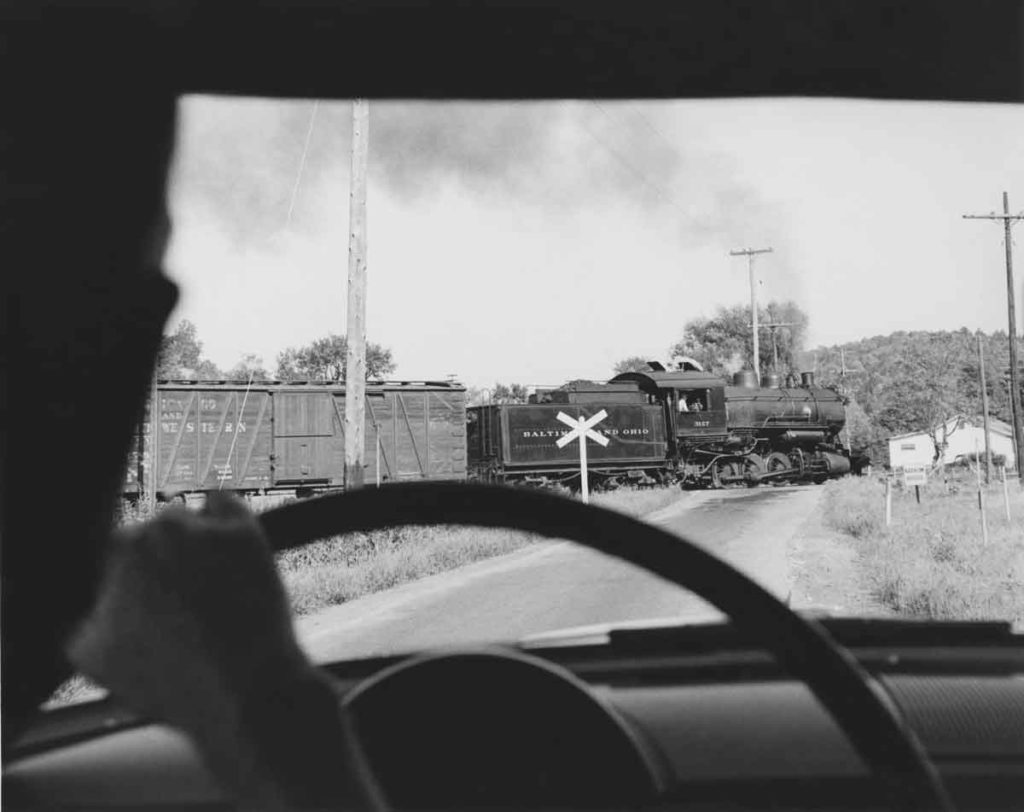
Editor and 2-8-0 From behind the wheel of his car, Trains magazine Editor David P. Morgan watches Baltimore & Ohio 2-8-0 3127 on freight train 160 at a grade crossing near Genesee, Pa., in September 1955. Philip R. Hastings photo […]
Read More…
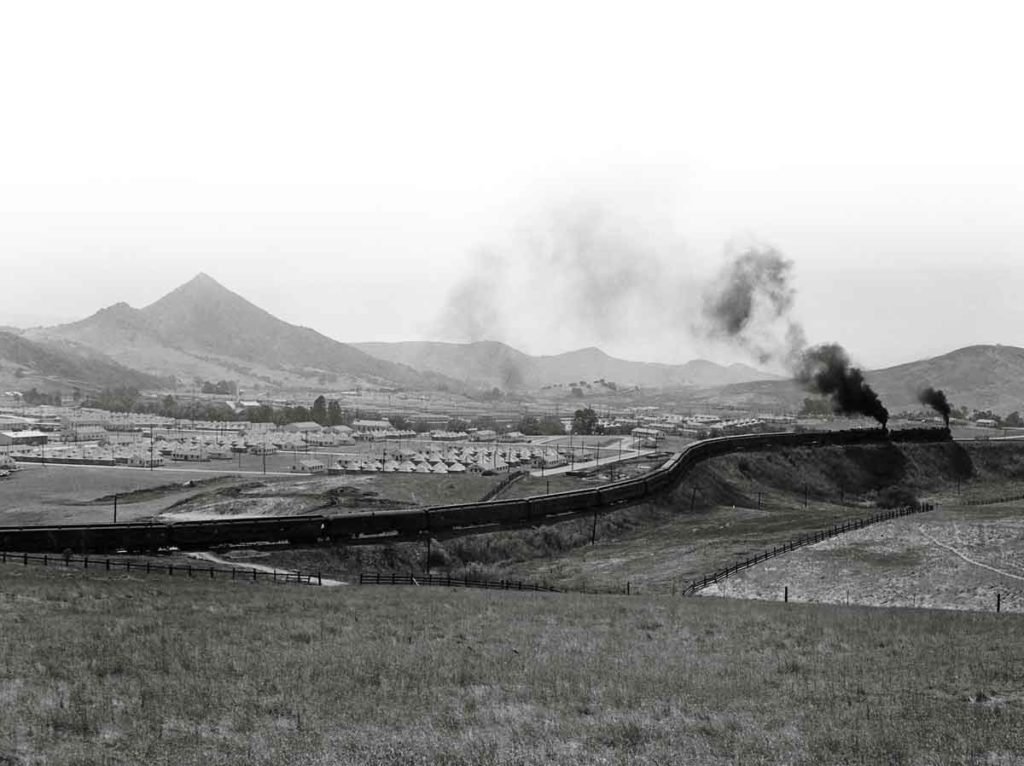
Troop train on the SP A doubleheaded troop train passes the Army’s Camp San Luis Obispo as it climbs Cuesta Grade on Southern Pacific’s L.A.–San Francisco Coast Line in the early 1940s. SP photo […]
Read More…
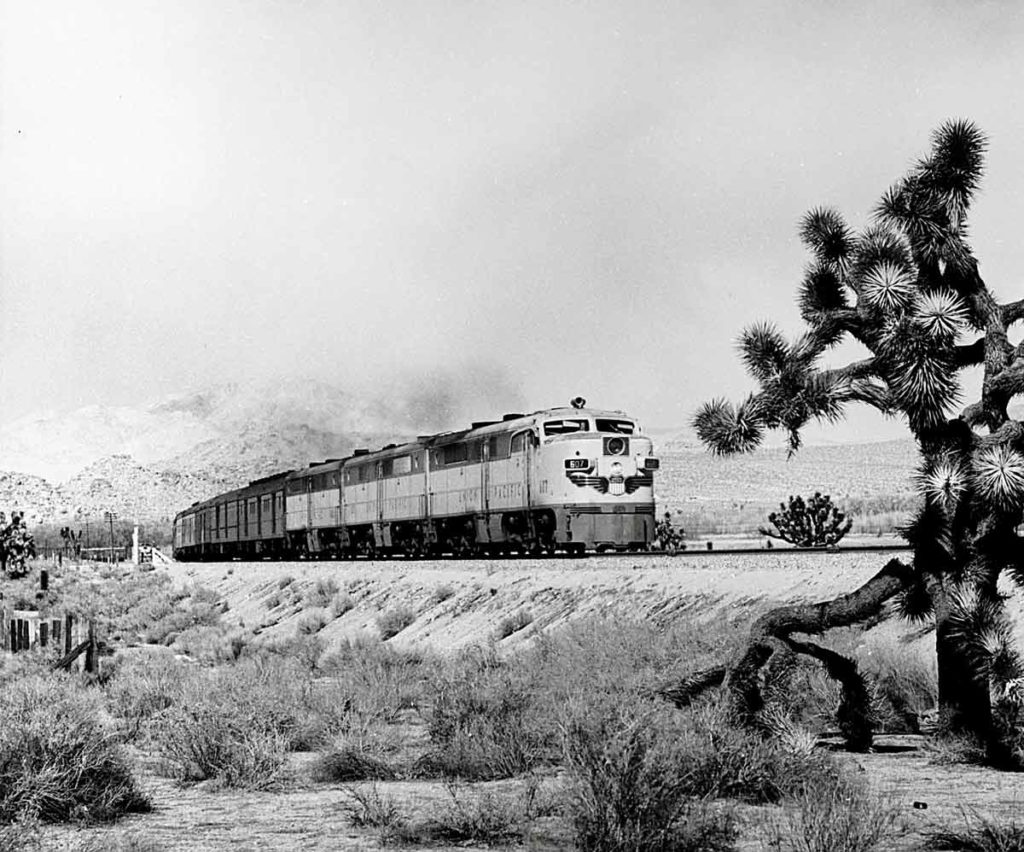
An Alco PA/PB/PB consist leads the Union Pacific’s Pony Express across the desert near Victorville, Calif., in the early 1950s. The railroad’s 14 PAs and PBs were assigned to passenger service in the West. Donald Sims photo […]
Read More…
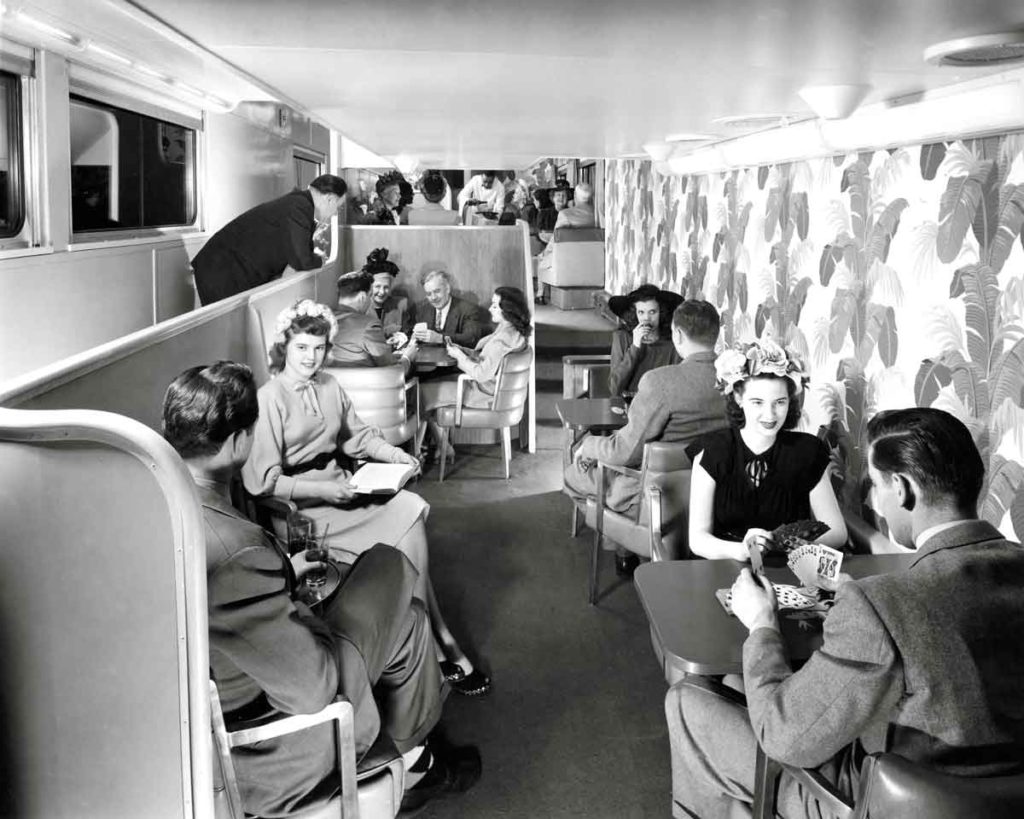
Aboard the Train of Tomorrow’s observation car Moon Glow, the rear car of the General Motors Train of Tomorrow, contained a variety of lounge spaces, including this sunken area underneath the dome. GM photo […]
Read More…
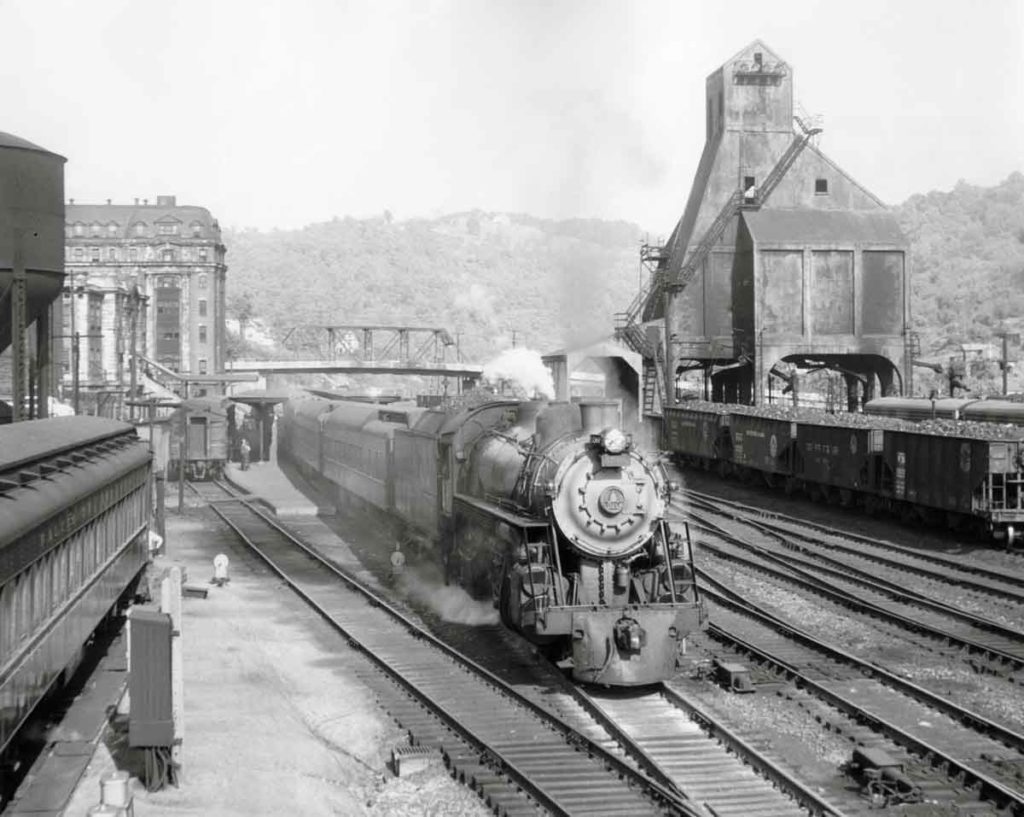
Baltimore & Ohio 4-6-2 No. 5068 departs Grafton, W.Va., with a Korean War-era troop train that originated at Fort Meade, Md., in May 1953. Philip R. Hastings photo […]
Read More…
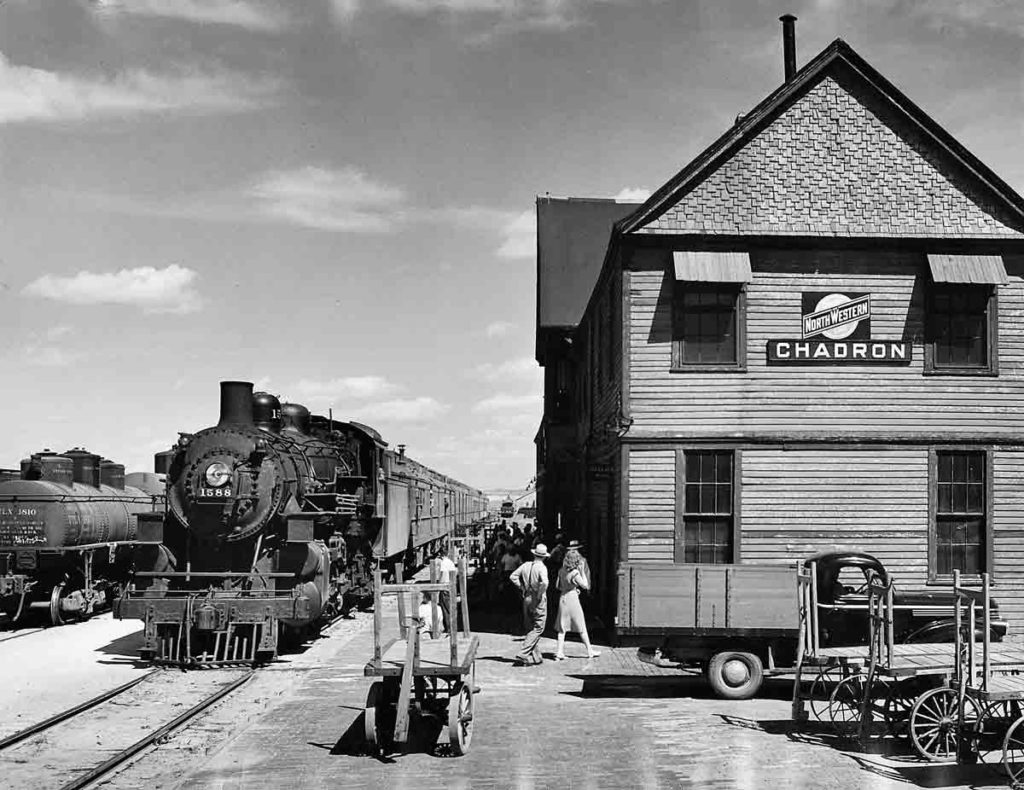
Train time at Chadron, Nebr. Way out on Chicago & North Western’s lonely “Cowboy Line,” 4-6-2 No. 1588 arrives Chadron, Nebr., with daily-except-Sunday train 13 from Omaha, 447 miles to the east. The train is bound for Rapid City, S.Dak., 104 miles west. Fred H. Ragsdale photo […]
Read More…
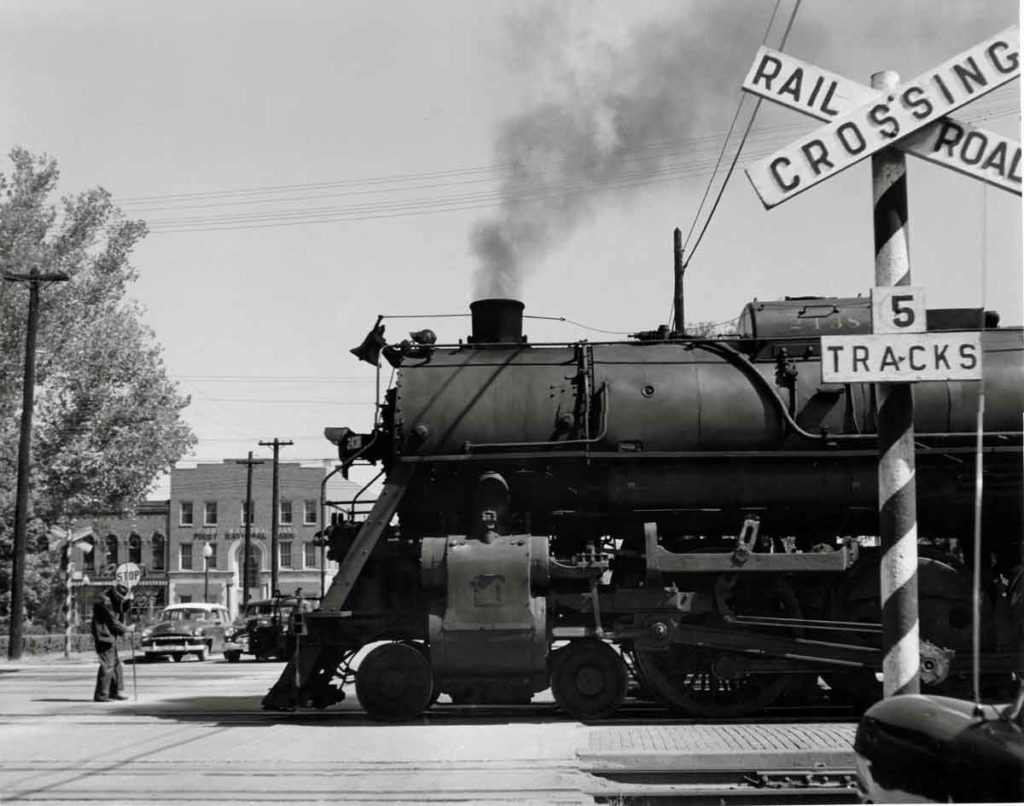
4-8-2 on the Creole’s connection Illinois Central 4-8-2 No. 2438 pulls out of Carbondale, Ill., with train 208, the St. Louis connection for the Creole, in September 1954. Philip R. Hastings photo […]
Read More…
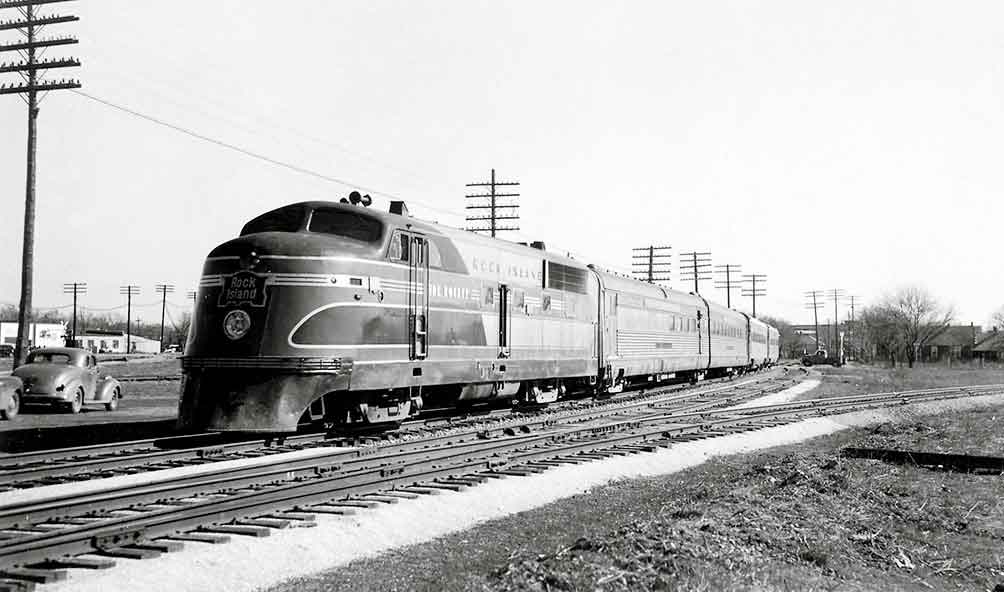
Rock Island TA diesel Electro-Motive Corp.’s model TA passenger diesel of 1937 was a lighter, less powerful counterpart to the builder’s EA of the same year. Although they shared the same styling, the single-engine, 1,200 h.p., B-B TA was a derivative of EMC’s power cars for streamlined trains, while the twin-engine, 1,800 h.p., A1A-A1A EA […]
Read More…

“Tales of the Rails” is a podcast from Classic Trains magazine. Each installment features a firsthand account of a rail experience, written by a railroader or a railfan and read by Editor Rob McGonigal. […]
Read More…
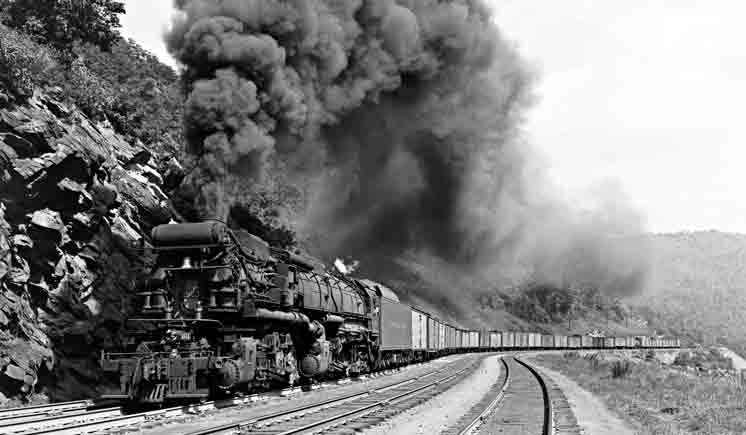
Feature Articles Quiet Monsters Coming to Life By Scott Lothes Donald W. Furler was an early master of action photography in the Northeast Bad Day at Olathe, Great Day at Lawrence By I. E. Quastler Derailment detours bring rare moves to a secondary Santa Fe main line Golden Spike Centennial Prelude By George A. Forero […]
Read More…
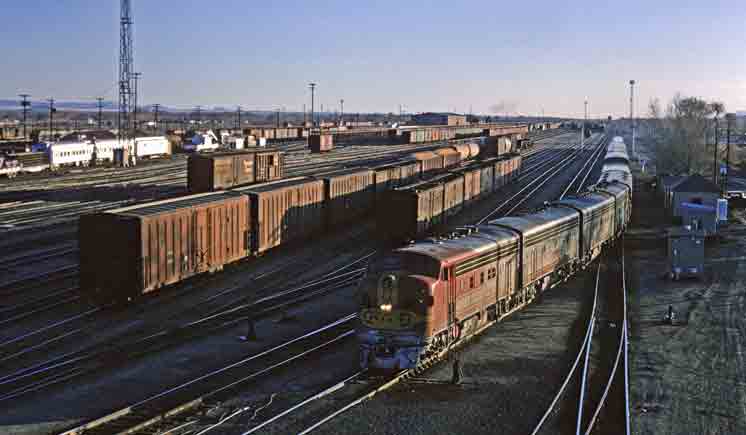
Feature Articles End of the Trail By William P. Diven Summer trips from New Mexico to Illinois exposed a high-school boy to a world of Midwestern railroading and the final flowering of Santa Fe passenger service Itinerant Agent By Walter F. Smith Tales of working through two world wars and the Depression in New England […]
Read More…











